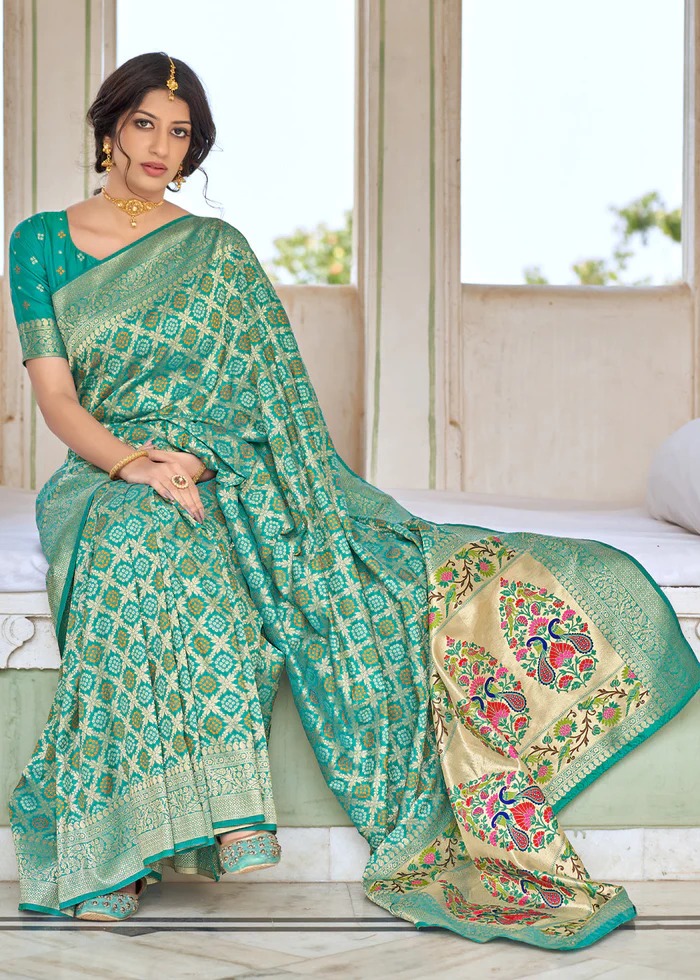Revealing Grace: A Display of Sarees from All Over India
Beyond fads in fashion, Ariana Fashions' saree is a classic representation of grace and cultural richness. There are many different types of sarees in India, and each one conveys a unique tale of tradition, creativity, and regional identity. These variations mirror the diversity of the nation. We explore the wonderful world of Indian sarees with the aid of this comprehensive guide, learning about the various designs that adorn the diverse topography of this vibrant nation.
The Saree's Fundamentals:
A seamless, six-to nine-yard length of silk, the saree is draped carefully around the body to form a modest yet alluring outfit. It is a canvas that highlights India's rich cultural past rather than merely a piece of clothing. The diversity of sarees is a reflection of the past diversity of the country, as each region has contributed unique weaving techniques, designs, and fabric choices.
North India: Benarasi Brilliance and Punjabi Panache
Banarasi Sarees:
Punjabi Phulkari Sarees:
Punjabi Phulkari sarees are a celebration of the vibrant Punjabi character, with their vibrant hues and eye-catching embroidery. Phulkari, which translates to "flower work," refers to the vibrant flower embroidery on the beautiful background of these sarees. Traditionally worn for festivals and weddings, pulkari sarees are a representation of the flamboyance of Punjabi culture.
West India: Gujarati Garba and Maharashtrian Magnificence
Bandhani Sarees:
Paithani Sarees:
Maharashtrian culture is embodied by the magnificent Paithani sarees. Paithani sarees are characterized by their zari borders and lush silk foundation. They often feature floral and peacock motifs. Maharashtra brides adore these sarees because of their classic appeal, and they look especially lovely with lovely pallus adorning them.
East India: Bengal Beauty and Odisha Opulence
The vibrant state of West Bengal is the birthplace of baluchari sarees, which are renowned for their exquisite depictions of mythological themes and tales. These silk sarees include exquisite brocade work, and the superb pallu work often tells a story. The baluchari saree is a testament to Bengal's creative heritage.
Sambalpuri Sarees:
Kanjeevaram Sarees:
In the modern world, designers have effectively combined innovation and tradition to create a wide range of designer sarees. These sarees usually feature avant-garde draping techniques, unconventional materials, and avant-garde motifs. Designer sarees have become synonymous with modern Indian fashion, appearing everywhere from the streets of Delhi to the runways of Mumbai.
Conclusion:

